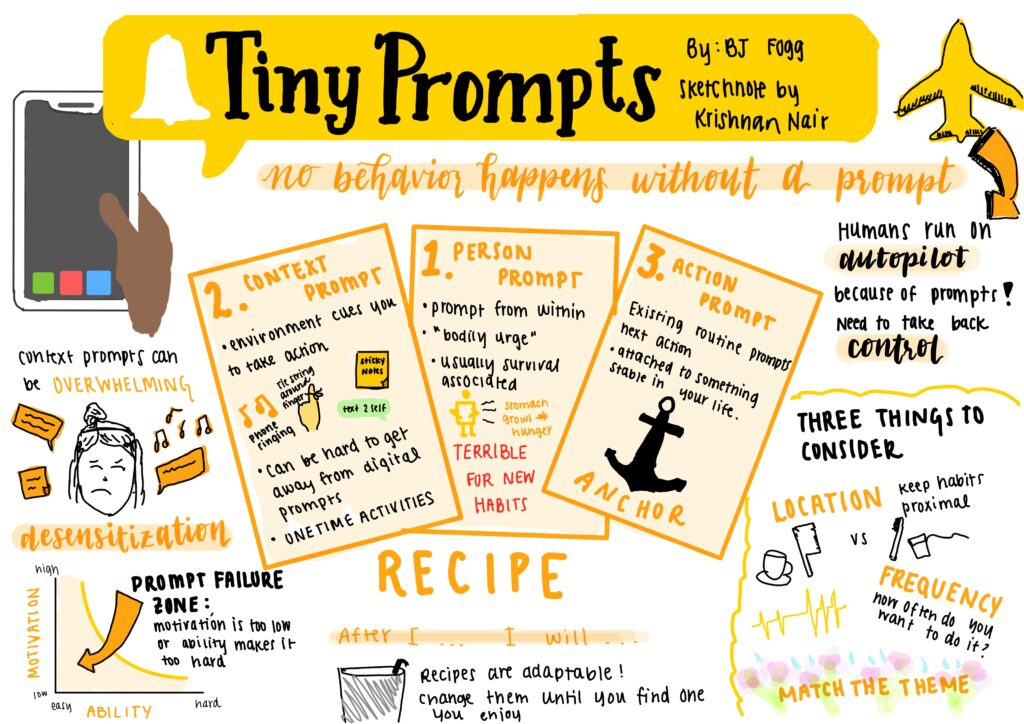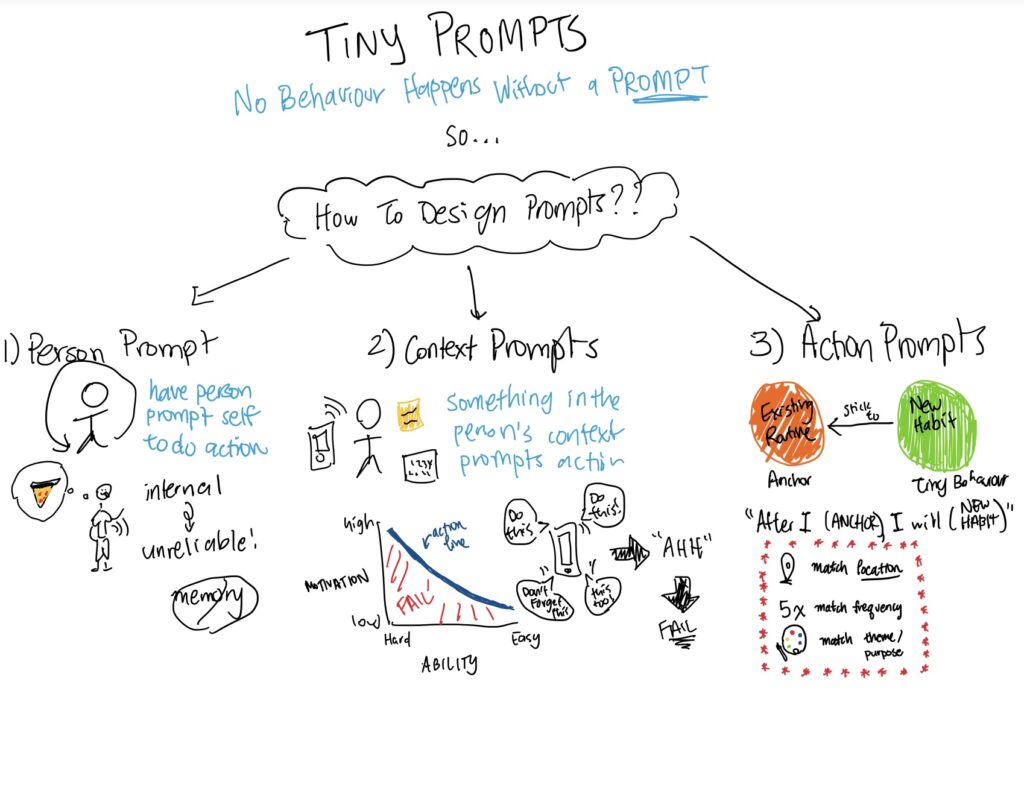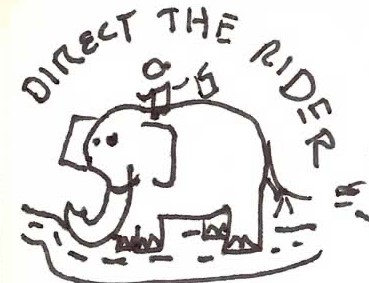Skip to content
- Which markets do Isolde and Emanuel target respectively? How do their respective business/revenue models align with their markets?
Both Siiquent and Teomik are B2B companies that have their businesses operating in the genetic diagnosis and research technologies domain but have carved particular niche targets for themselves.
- Siiquent caters to hospitals and big diagnostic labs focusing on gene-based diagnosis-related machines and services. Siiquent follows a loose profit framework: while it makes low margins on the diagnostic instruments/machines it sells, it makes long-term sustainable profits from selling the input material to these machines such as consumables, and biological and chemical compounds; akin to the “razor/blade business model” strategy. This was a strategic decision as hospitals and labs operate on tight budgets and regulations when purchasing new equipment and can easily pay for the operating cost (as it lies within their budgetary constraints). Siiquent’s revenue strategy is a good fit for its market, as it addresses the financial limitations of hospitals and diagnostic labs. Through competitive pricing for consumables and thorough customer and regulatory support, Siiquent adds value for its customers.
- On the other hand, Teomik caters to universities and (academic) research labs. Since academic labs often need cutting-edge technology to do “quality” research that can be published in prestigious research journals, they can afford the upfront cost of expensive machinery thanks to their large grants, and Teomik earns fat margins on its patent-protected devices alone. Thus like Siiquent, Teomik’s revenue strategy is also well-suited to its consumer base. It doesn’t have to offer continuous regulatory assistance and can make do by providing expert support when things go wrong. Further, Teomik follows a thorough revenue model and has adjusted its pricing policy from time to time, factoring in the changing customer demands and outside competition from other companies.
- What are the pros and perils of “imposing the structure of a single revenue model” vs. “letting [the company] continue on its flexible way”?
The urgency to merge the revenue models for both Siiquent and Teomik arose from increasingly aggressive pricing from the competition, expiring patents, and customer attrition.
- Reasons in favor of imposing the structure of a single revenue model:
- Consolidating their sales forces and standardizing operations will reduce overall costs
- It will streamline the process for budgeting, strategic planning, and communications within the (parent) organization
- It will enable uniformity in pricing and enable the parent organization to place itself in a clear position in the market
- It can help get rid of “internal competition” and conflicting priorities between the two groups
- It will help identify overlap between the two customer pools and strengthen the overall business strategy in the face of competition
- Reasons in favor of letting [the company] continue in its flexible way:
- In both cases, the ingenuity behind the “unstrategic” business models has served the companies quite well in a rapidly changing market. Introducing structure might remove this entirely
- Will hamper their ability to adapt to customer needs and changing market dynamics
- Both have carved a niche in the domain for themselves and unifying their business models can damage their differentiated brand perception
- Long-time employees in both companies might find it difficult to adjust to an entirely different structure, leading to internal rifts
- Pretend that the CEO has decided the department heads must merge their divisions. As a star PM assigned to mediate this interaction between department heads, how would you scaffold the discussion to ensure a fair merging process?
- Note: you are not asked to find a solution, but to find a viable process for finding a solution!
There are several steps I would take to mediate this process:
- Have each company give an in-depth presentation on their business model to the entire organization so that everyone has a clear picture of the production pipeline, the (possibly overlapping) customer base, cost of production, pricing model, etc. Since the employees will get a chance to ask pointed questions during presentations (say a Q/A), it will reduce the scope of conflict and/or internal rifts when the final decision is taken by the higher authorities (as everyone will have a better context behind those decisions)
- Allow employees to send in their suggestions regarding the merger process. This will enable giving due importance to each stakeholder
- Establish common and individual goals for both companies, in the short-term as well as in the long-term, and see how the corresponding business models can complement each other
- Since a key reason behind the success of both companies is their customer support service, it might be a good idea to do pilot studies using both kinds of business models with a small set of overlapping customers and get a sense of what features work and don’t work in each of the business models. Incorporate customer feedback and reviews when taking the final call.
- Do a townhouse after the final decision as a sign of accountability to each of the two employees bases



